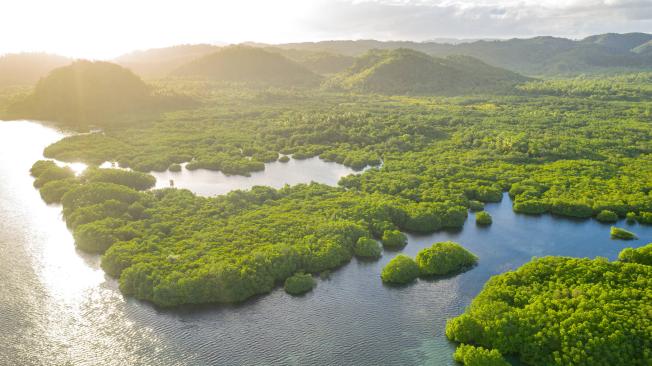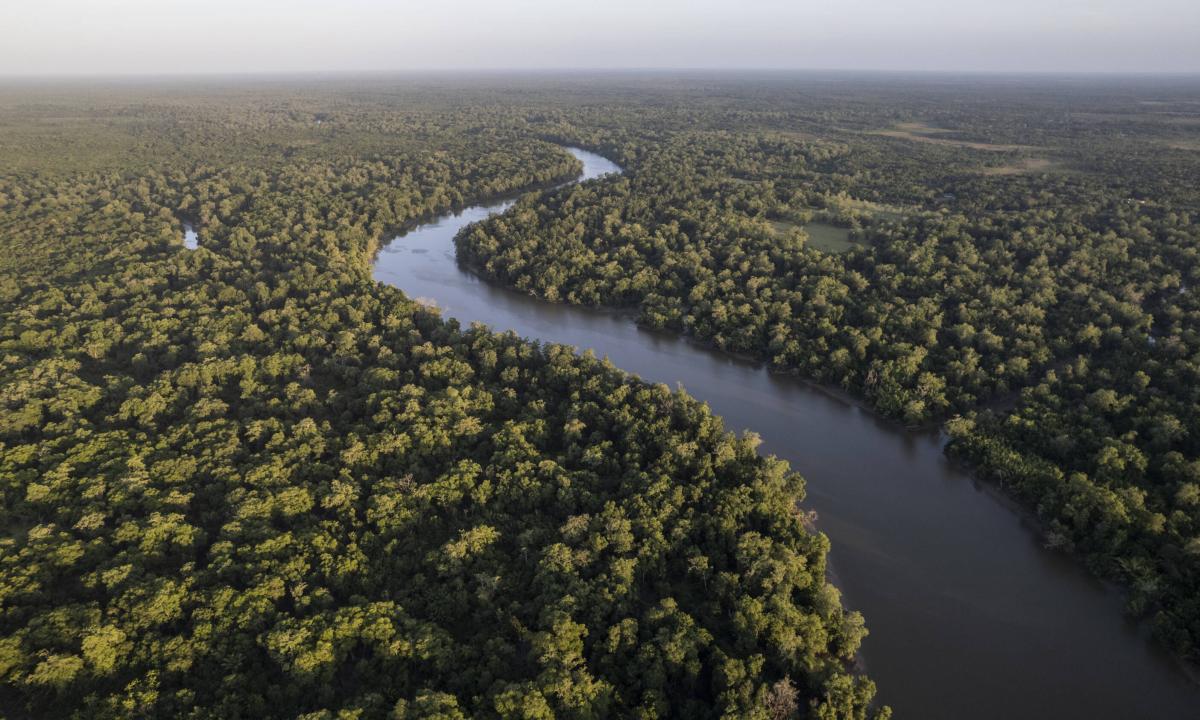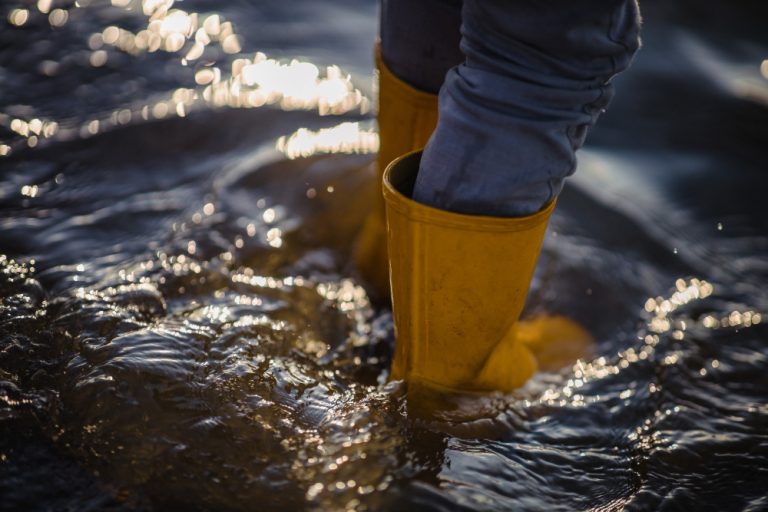The Negro River, the main tributary of the left bank of the Amazon, registered a flow of 13.59 meters high this Monday, its lowest level since records began in 1902 , according to data from the Port of Manaus, in northern Brazil.
The river, which extends 1,700 kilometers through Colombia, Venezuela and Brazil, broke its lowest record to date, recorded in June 2010 with 13.63 meters, in the midst of one of the worst droughts in memory of the Amazon region.
Since the beginning of July, the flow of the Negro, named for the dark tone of its waters, has decreased by 14.4 meters, from 28 meters to the current level. The decrease in the flow of the rivers that make up the Amazon basin has complicated the navigation of cargo ships, on which the region depends to import and export goods.
On alert, the Brazilian Association of Coastal Shipowners predicts that this year’s drought will prevent the transport of 50% of the goods and that, “in the worst scenario”, navigation will no longer be possible. Low flow problems have been worsening over the last 10 years and, as a consequence, between October and November 2022, authorities imposed limits of up to 50% on river navigation, according to the association.

Manaus is home to the second largest port in Brazil by cargo volume and is essential for the transportation of raw materials extracted from the region, as well as household appliances and chemicals manufactured around the regional capital.
The Government of Luiz Inácio Lula da Silva promised two weeks ago to invest 138 million reais (about 27 million dollars) in drainage work on the Madeira and Solimões rivers to improve navigation, as well as aid to combat the fires that are multiplying in the region.
The combination of high temperatures, linked to the El Niño phenomenon, and low flow in the tributaries of the Amazon has caused the death between September and October of more than 140 dolphins of two endangered species. In June, July and August, Manaus recorded 131 millimeters of rain compared to a historical average for that quarter of 202 millimeters, according to the National Institute of Meteorology.
Photo: iStock

















+ There are no comments
Add yours